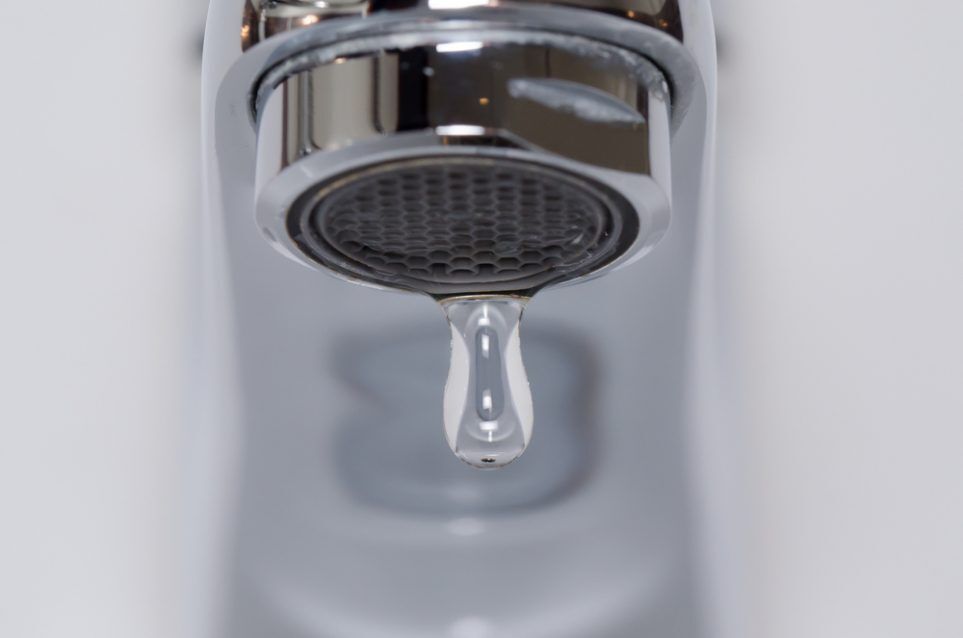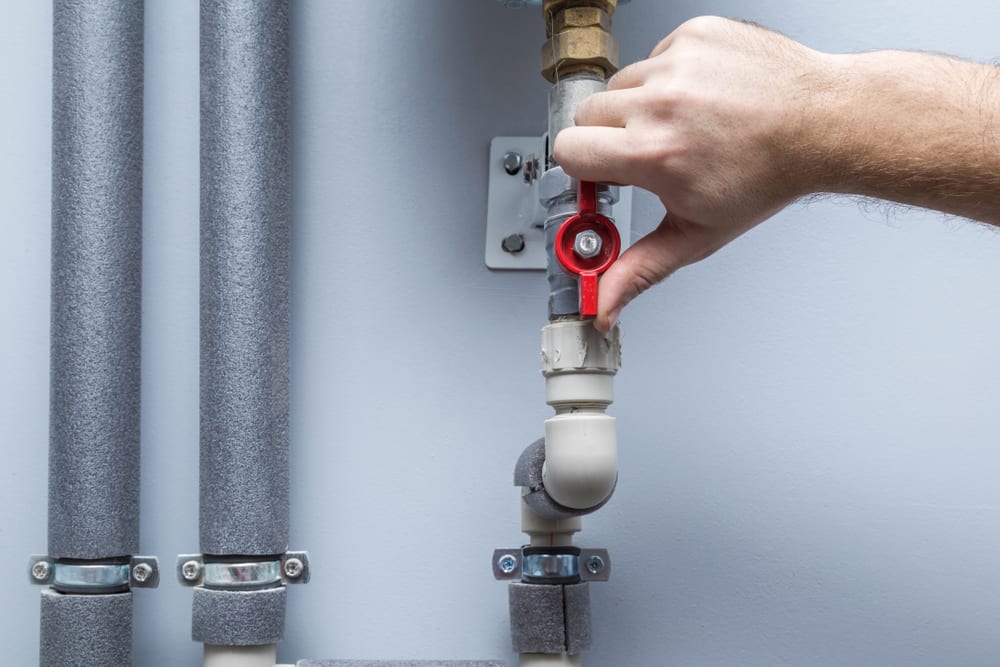My Motives Behind Dealing with a Leaking Faucet
My Motives Behind Dealing with a Leaking Faucet
Blog Article
Presented here underneath yow will discover additional outstanding facts in relation to How to Fix a Dripping or Leaky Faucet .

Dripping taps might feel like a small aggravation, yet their impact exceeds just the inconvenience of the sound. From wasting water to incurring unnecessary monetary expenses and health risks, overlooking a trickling tap can lead to various repercussions. In this article, we'll explore why it's critical to resolve this common home problem without delay and successfully.
Wastefulness of Water
Environmental Impact
Trickling taps add considerably to water wastage. According to the Epa (EPA), a single tap dripping at one drip per second can waste greater than 3,000 gallons of water per year. This not only stress water sources but additionally influences communities and wild animals depending on them.
Step-by-Step Overview to Fixing a Dripping Faucet
Devices Needed
Before trying to deal with a dripping faucet, collect the necessary tools, including a flexible wrench, screwdrivers, substitute parts (such as washers or cartridges), and plumber's tape.
Usual Tap Issues and Their Solutions
Determine the type of tap and the particular concern causing the drip. Usual problems consist of damaged washing machines, corroded valve seats, or damaged O-rings. Refer to producer guidelines or online tutorials for detailed assistance on repairs.
Financial Expenses
Increased Water Costs
Beyond the environmental impact, dripping faucets can pump up water expenses substantially. The collected wastefulness over time translates right into greater energy expenses, which might have been stayed clear of with timely repair services.
Prospective Home Damages
Moreover, long term trickling can lead to damage to components and surfaces surrounding the tap. Water build-up can create staining, rust, and also architectural problems if left neglected, resulting in added fixing prices.
Wellness Problems
Mold and Mildew Growth
The constant existence of wetness from a leaking faucet develops an ideal atmosphere for mold and mildew and mold development. These fungi not only compromise indoor air top quality but additionally posture health and wellness risks, especially for people with respiratory problems or allergies.
Waterborne Diseases
Stagnant water in trickling taps can come to be a breeding place for bacteria and various other microorganisms, increasing the risk of waterborne illness. Impurities such as Legionella germs prosper in stationary water, potentially resulting in significant illnesses when ingested or inhaled.
Do it yourself vs. Professional Repair work
Benefits and drawbacks of DIY Repair
While some may attempt to fix a dripping faucet themselves, do it yourself fixings include their own set of obstacles. Without proper understanding and tools, do it yourself efforts can intensify the issue or lead to insufficient repairs, extending the problem.
Benefits of Working With a Professional Plumber
Hiring a professional plumber ensures that the underlying root cause of the leaking faucet is dealt with effectively. Plumbings possess the knowledge and devices to identify and fix faucet concerns effectively, saving time and reducing the threat of additional damage.
Ecological Obligation
Specific Contribution to Conservation
Taking duty for dealing with trickling taps straightens with broader efforts towards water conservation and environmental sustainability. Every person's actions jointly make a significant influence on preserving valuable resources.
Lasting Living Practices
By prioritizing prompt fixings and embracing water-saving routines, people contribute to lasting living techniques that benefit both existing and future generations.
Safety nets
Regular Upkeep Tips
To avoid dripping faucets, execute routine maintenance such as cleansing aerators, inspecting for leakages, and replacing damaged components without delay. In addition, think about mounting water-saving tools or updating to a lot more efficient fixtures.
Value of Prompt Repairs
Attending to leaking taps as quickly as they're noticed stops more water waste and possible damages, eventually conserving both water and cash over time.
Influence On Building Worth
Understanding of Well-Maintained Residential Or Commercial Property
Maintaining a residential property in good condition, consisting of addressing maintenance issues like leaking taps, boosts its regarded worth and desirability amongst possible customers or lessees.
Influence on Resale Value
Properties with well-kept plumbing fixtures, including faucets, command greater resale worths in the realty market. Addressing dripping taps can contribute to a positive perception during residential or commercial property inspections and settlements.
Final thought
Dealing with a trickling tap surpasses mere comfort; it's a crucial step toward preserving water, decreasing economic costs, and guarding wellness and residential or commercial property. Whether through DIY repair work or professional assistance, doing something about it to repair dripping faucets is a little yet impactful method to advertise responsible stewardship of sources and contribute to a healthier, much more lasting future.
Why Are My Faucets Dripping (And Can I Fix it Myself)?
Causes of a Dripping or Leaking Faucet
Whether you’re hearing drops of water falling and hitting a sink, or noticing water ooze out from the base of the spout, you shouldn’t ignore a dripping or leaking faucet. And, the good news is, sometimes you can fix the problem yourself.
In this article, we’ll review a few common causes of dripping and leaky. We’ll also walk you through some basic ways to find the problem and handle it without calling anyone — and let you know when to call in a pro.
But, no matter what the cause, or whether you can handle it on your own, the sooner you address it, the better.
Each drip may be a tiny amount of water. But, they all add up quickly. According to the U.S. Geological Survey, one faucet losing one drop every 20 seconds — five a minute — wastes around a liter of water every day, and 173 gallons a year.
Add in more than one in your house, and it’s a lot of water to waste. So, we’ll help you get to the bottom of things quickly.
Four Reasons Your Faucet May Be Dripping
Aerator is Damaged or Unseated Valve Seat is Corroded O Ring is Loose or Worn Out Part of the Assembly is Loose Aerator is Damaged or Unseated
If you unscrew the end of your faucet, you’ll find the aerator. It’s the little stem piece with a screen on it that shuts off the water circulation.
If it’s damaged, or if it’s not sitting right, it will allow water to pass through.
Valve Seat is Corroded
Next is the valve seat, which is connected to the washer. If the washer wasn’t in place correctly, then it could have ground against the seat. Over time, this damages the valve seat.
The problem could also be corrosion: Over time, the part has worn out, and it’s now allowing water to pass through.
O Ring is Loose or Worn Out
Since the o ring is only a small rubber gasket, it’s a common reason why the faucet is dripping. You’ll find it at the base of the faucet, and it’s there to keep water from coming out where it’s not supposed to.
However, it’s common for the o ring to wear out over time. When it does, you’ll notice a drip.
Part of the Assembly is Loose
So far, we’ve looked at a few small, specific parts. But, the problem could be anywhere in the assembly if something’s out of place.
Even if a part isn’t damaged, over time, it may have become loose or dislodged. It could be the parts we mentioned, or the aerator at the tip of the faucet, the stem itself,
Can I Fix a Leaky Faucet Myself?
Depending on the problem, and how handy you are, there’s a chance you can fix a leaky faucet without calling a professional. But, you do run the risk of making the problem worse.
If it’s a small drip, you can certainly try a few troubleshooting tactics. We’ll walk you through them in a moment.
But, no matter what, your first step should be shutting off the water coming into the faucet. You should find a shutoff valve under the sink on the pipes leading to it. Turn each one clockwise until they close tightly.
Next, make sure you have the right tools for whatever you’re attempting. It’s tempting to make do with what you have. But, you need the right ones for a reason: You’re often dealing with small parts that can break if you handle them carelessly.
If you’re feeling confident, here are some places to start.
Items Near the Tip of the Faucet
A few of the parts we mentioned — particularly the valve seat and washer — are located at the tip of the faucet where the water comes out. They’re easy to access, making it a good place to start.
Check the O Ring
To check the o ring, you’ll need to take off the spout at the base. It’s easiest on kitchen sinks with long spouts, versus the smaller, bulkier base on most bathroom sinks.
Either way, this can be tricky, so do it carefully and don’t force anything. If it’s not coming right off, you’re much better off calling in a pro than possibly breaking something.
For a kitchen sink, there’s usually a nut or coupling assembly at the base of the spout. These often slide off easily without using any tools.
Once you’ve disassembled those parts, gently but forcefully twist off the spout.
Then, you can see the o rings. There should be two of the rubber gaskets on the base. If they look worn or damaged, replace them, and see if that solves the problem.

We were made aware of that editorial on How to Fix a Dripping or Leaky Faucet through a good friend on a different blog. I beg you take the time to share this blog entry if you appreciated it. I enjoy reading our article about Why It's Important to Fix Leaky Faucets.
Report this page